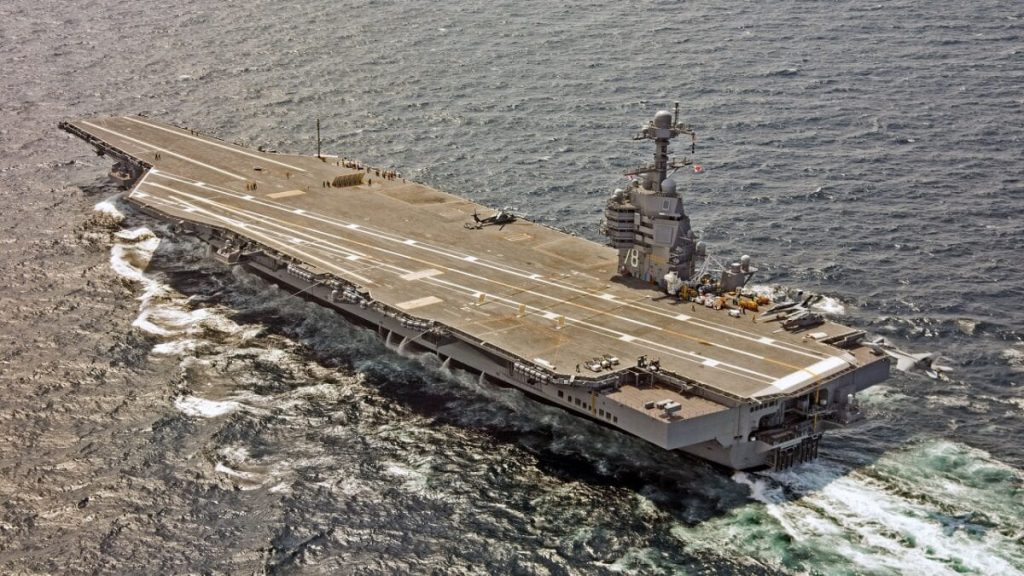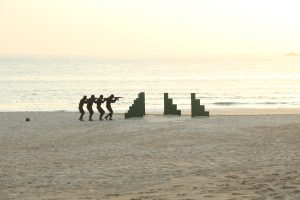Forty-seven aircraft carriers, including amphibious assault ships, are operational. U.S. Navy flattops make up over a third.

Fourteen navies operate 47 aircraft carriers, including LHA. The U.S. Navy operates eleven nuclear-powered CATOBAR carriers: ten Nimitz-class and one Gerald R. Ford-class.
The U.S. Navy also has two of the 11 America-class LHAs and seven Wasp-class ships, one of which was decommissioned last year after a fire.
The U.S. fleet of Nimitz-class carriers will be replaced one-for-one with Gerald R. Ford-class carriers, which are more automated to save maintenance and operating costs.
According to its 2018 report to Congress, the Navy’s 30-year procurement plan includes a 12-CVN force.
The Navy has relied on carriers for 100 years. Some carrier information
USS Langley (CV-1, subsequently AV-3) became the first aircraft carrier in March 1922 after being converted from the cruiser USS Jupiter. She was the first U.S. warship powered by electric motors and used in the Pacific to test carrier operation procedures and tactics.
She served during WWII as an AV-3 seaplane tender. In February 1942, Japanese planes attacked her as she transported U.S. Army P-40s to the Dutch East Indies. Her accompanying destroyers sank her.
The U.S. Navy once had more flattops than carriers. One hundred fifty-five aircraft carriers and 122 troop carriers were built during World War II.
On November 25, 1961, Newport News, Virginia, commissioned the first nuclear-powered aircraft carrier, USS Enterprise (CVN-65). She participated in Operation Sea Orbit, a nuclear task force, from May to October 1964. The “Big E” originally saw combat in Vietnam and Iraq. The USS Constitution and USS Pueblo were older than the Enterprise when she was decommissioned (AGER-2).
USS Midway (CV-41) is the lead ship of the late WWII class of carriers, and four Essex-class carriers—USS Yorktown (CV-10), USN Intrepid (CV-11), USS Hornet (CV-12), and USS Lexington (CV-16)—are museum ships.
The remaining two conventionally powered carriers, USS Kitty Hawk (CV-63) and USS John F. Kennedy (CVN-67), will be decommissioned and scrapped, making it unlikely that another flattop will be maintained as a museum. Despite preservation efforts, those ships were sold for one cent apiece.
Attempts to save CVN-65 proved too costly and difficult.






